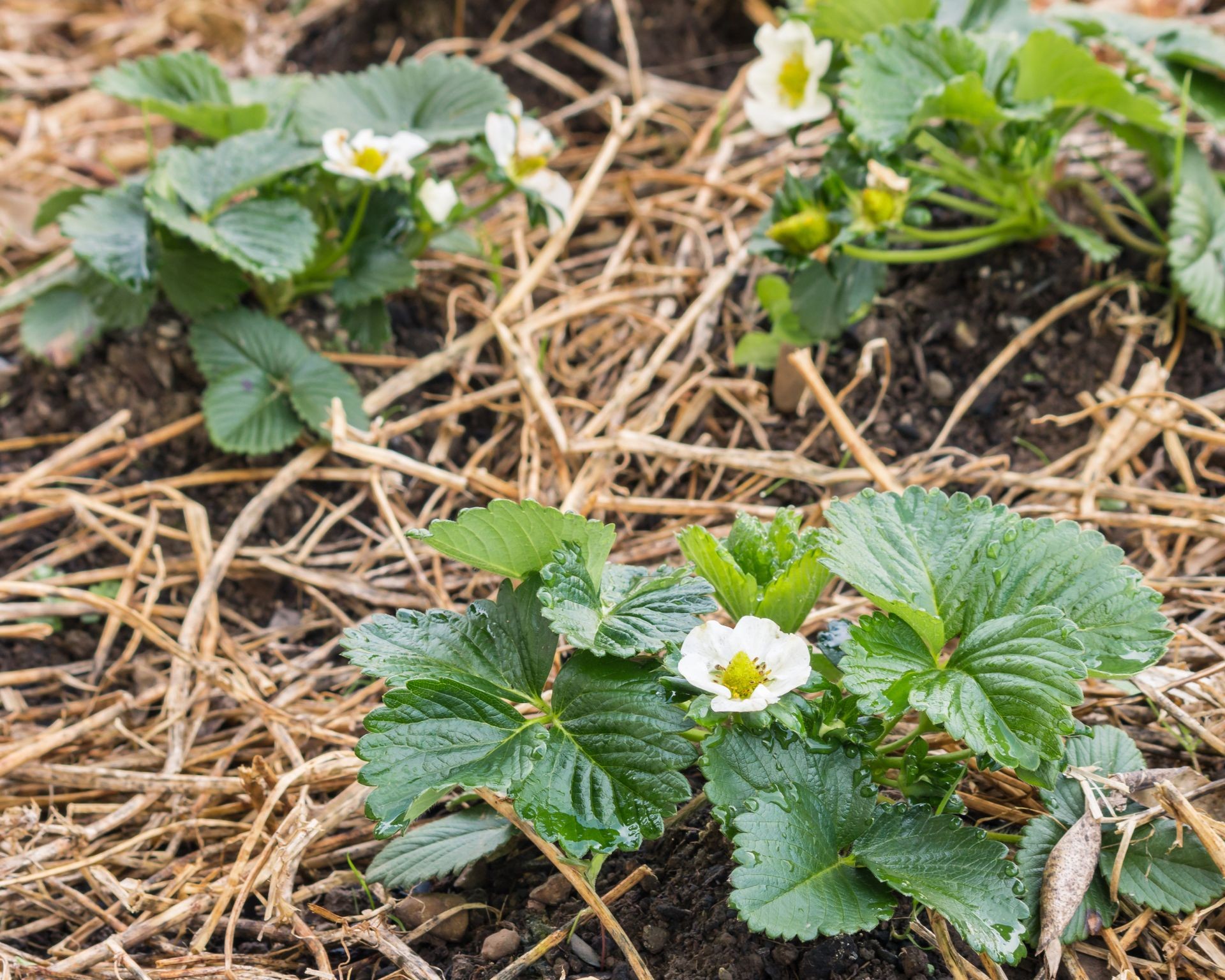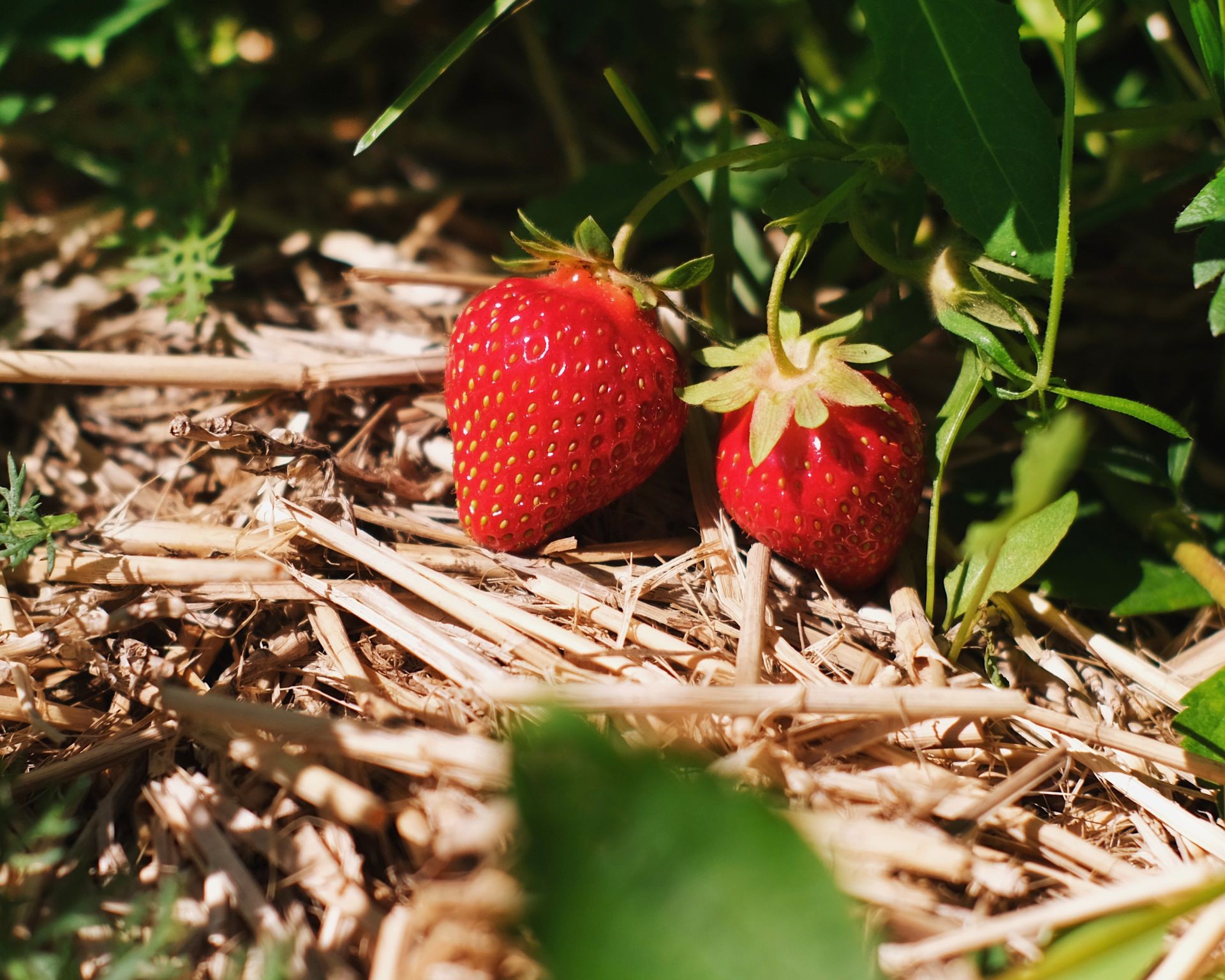No products in the cart.
NEWS
Mastering Strawberry Mulching: Essential Winter Protection for a Bountiful Harvest
Strawberries are a beloved summer treat, offering sweet rewards to the home gardener. While these delightful perennials can withstand colder temperatures (often hardy down to USDA zones 4 or 5 depending on the variety), their survival and future productivity heavily rely on adequate winter protection. Even in regions where they are hardy, strawberry plants face significant risks from harsh winter conditions. This is precisely why mastering the art of mulching your strawberry plants is an essential step in ensuring a thriving crop next season. Preparing your strawberry beds correctly in autumn sets the stage for the healthiest plants and the juiciest berries come summer.
Why Winter Mulching is Crucial for Strawberry Plants
The primary purpose of applying mulch to your strawberry beds in late autumn or early winter is to provide a protective layer against cold and fluctuating temperatures. This simple practice offers several critical benefits that safeguard your plants and ensure a successful yield the following year.
Shielding Against Extreme Cold
The most immediate benefit of mulching is shielding your plants from freezing temperatures. Very low temperatures, particularly below 20°F (-7°C), can severely injure or even kill tender new buds and crowns that are vital for next year’s fruit production. Without insulation, these sensitive parts are exposed to the full brunt of winter’s chill, potentially leading to irreversible damage.
Preventing Destructive Frost Heave
One of winter’s most damaging effects on unprotected plants is frost heave. This occurs when repeated cycles of freezing and thawing cause the soil to expand and contract, pushing the shallow-rooted strawberry plants right out of the ground. When the plant’s roots and crown are lifted above the soil surface, they become vulnerable to dehydration, cold damage, and wind, often leading to death. A protective mulch layer insulates the soil, minimizing these temperature fluctuations and preventing this destructive heaving, keeping your plants firmly rooted.
Securing Your Next Season’s Harvest
Ultimately, the health of your strawberry plants going into winter directly impacts their ability to produce fruit the following summer. Plants that suffer significant cold damage or frost heave are weakened, resulting in a reduced yield or even a complete loss of the crop. Proper mulching is an investment in the abundance and quality of your next harvest.
 Winter mulch applied around young strawberry plants
Winter mulch applied around young strawberry plants
Bonus Benefit: Cleaner Berries
While winter protection is the primary goal, mulching offers an additional advantage: keeping the developing berries clean during the growing season. Strawberry plants are low-growing, and their fruit naturally rests on the ground. A layer of clean mulch, like straw, provides a clean surface for the berries to ripen on, preventing contact with soil and reducing the risk of rot and soil-borne diseases.
Choosing the Ideal Mulch Material
When it comes to mulching strawberries, the traditional choice is often the best: clean straw. Not to be confused with hay (which often contains weed seeds that can sprout), clean straw is airy and provides excellent insulation, trapping warmth and regulating soil temperature effectively through the winter months. Straw also has the beneficial characteristic of staying relatively dry. Other materials, like certain types of wood chips, can become waterlogged, potentially leading to rot or even suffocating the dormant plants. This ability to insulate while remaining dry makes clean straw the superior choice for winter strawberry protection, ensuring good airflow and drainage around the plant crowns.
The Right Time to Apply Winter Mulch
Timing is crucial for successful strawberry mulching. Applying mulch too early can actually harm your plants by preventing them from entering full dormancy, making them more susceptible to later cold snaps. The general rule of thumb is to wait until the soil temperature has consistently dropped to around 40°F (4.4°C) for several consecutive days, or when nighttime temperatures consistently reach the low 20s°F (-7°C or colder). Strawberry plants are surprisingly resilient and will often remain green and actively growing later into the fall than you might expect, sometimes even into early winter depending on your location. A visual cue that your plants are ready is when their leaves appear slightly greyish and flattened – this indicates they have entered dormancy and are prepared for their winter blanket. Apply a layer of clean straw two to three inches (approximately 5 to 7.5 cm) thick, ensuring the crowns are well covered without being compacted, allowing for some air circulation.
Uncovering Your Strawberry Plants in Spring
As spring approaches and signs of new growth appear, it’s time to gently remove the winter mulch from your strawberry beds. Begin checking your plants for new leaves emerging from the crowns, typically starting in late March or early April, though this varies significantly by climate and variety. Once you see active growth resuming, carefully rake back the majority of the straw from directly over the plant crowns to allow them access to sunlight and air. Unless the straw shows signs of significant decay or mold, it’s beneficial to leave a thin layer around the plants. This remaining mulch continues to provide the “clean berry” benefit mentioned earlier, preventing soil splash-back during watering and keeping the developing fruit off the damp ground, thus helping to prevent diseases and making harvesting easier.
 Ripe strawberries resting on a bed of straw mulch, kept clean and off the soil
Ripe strawberries resting on a bed of straw mulch, kept clean and off the soil
Providing your strawberry plants with proper winter protection through timely mulching is a vital step for ensuring a healthy patch and a plentiful harvest next summer. By shielding them from extreme cold and preventing frost heave, you invest directly in the vigor and productivity of your plants. Remember the simple rule: straw for strawberries is best for winter protection due to its insulating properties and ability to stay dry. As you tend to your garden and prepare it for the changing seasons, trust Biogarden.asia for the knowledge and resources you need to cultivate success, from protecting your plants through winter to enjoying the delicious fruits of your labor in the growing season ahead.



